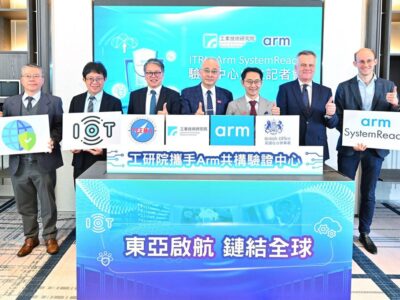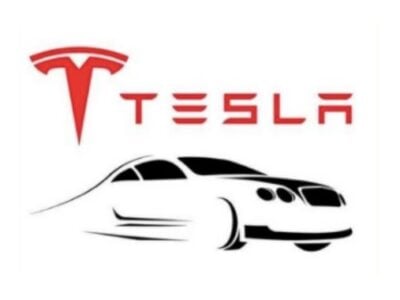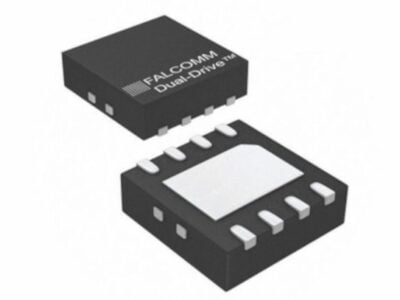
First solar camper van raises a 250,000 km range question
The large Type C e.home camper van is based on an Iveco Daily Electric chassis with a liquid-cooled three-phase asynchronous 80 kW AC motor backed by a bank of FIAMM sodium nickel-chloride batteries with a capacity of 3 x 76 Ah running at 400 V. These fully recyclable batteries can be recharged up to 1,500 times, which corresponds to a total operating distance of 250,000 km, although a full charge supports a range of around 160 km (100 miles). The e.home also uses supercapacitors that can absorb and release energy faster than batteries.
The power is supplied by 31 m2 of lightweight thin-film solar cells which provide a possible output of 3kW. The e.home batteries can also be topped up via charging stations, but the solar cells boost the range and avoid the need to always have to find a charge point.
“By implementing a fully-electric powertrain there are many challenges and equally opportunities for the entire vehicle,” said Alexander Leopold, Dethleffs Managing Director. “One significant opportunity is to do without any additional type of energy sources for the vehicle. This means that a motorhome with electric drive will also supply all the onboard services with electricity for the living area instead of gas, for example – and that is why solar power production becomes very important. At the same time there are also a number of new technologies which will change the comfort, quality of life, plus the safety of future generations of motorhomes. Through this evolving process, systems will be further developed – and we expect rapid progress over the coming years for our e.home concept.”
The e.home also uses new approaches for efficient heating. Latent heat storage plates made of PCM (phase change material) were installed at several places in the RV. The storage plates absorb energy at temperatures above 26 degrees Celsius and slowly release them at cooler temperatures in the evening.
The CampConnect network in the e.home digitizes almost all components in the travel vehicle. This networking allows for uniform operation via an app installed on a tablet. The control and display options range from the heating, the light and the current to the central locking system.
It also uses an assisted driving system using technology from Mibileye that identifies potential hazards and warns the driver through acoustic and optical signals.
Victron Energy has supplied the solar charge controllers and a combined inverter/charger for onboard AC electricity and the charging of the LiFePO4 300 Ah domestic power storage batteries with a battery safety protection, system monitoring and the e.home heating power supply as well as a DC-DC converter for charging 12V and USB accessories.
 If you enjoyed this article, you will like the following ones: don't miss them by subscribing to :
eeNews on Google News
If you enjoyed this article, you will like the following ones: don't miss them by subscribing to :
eeNews on Google News




